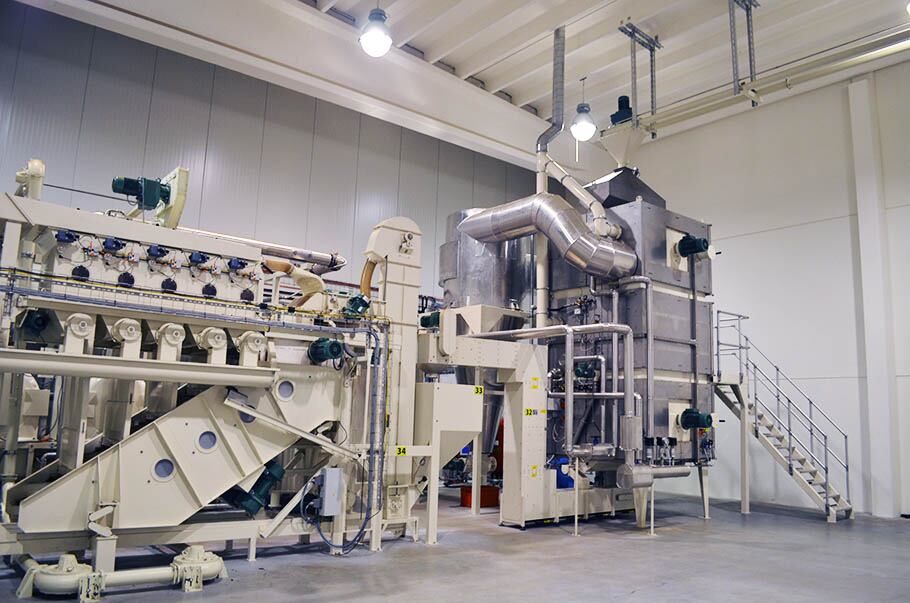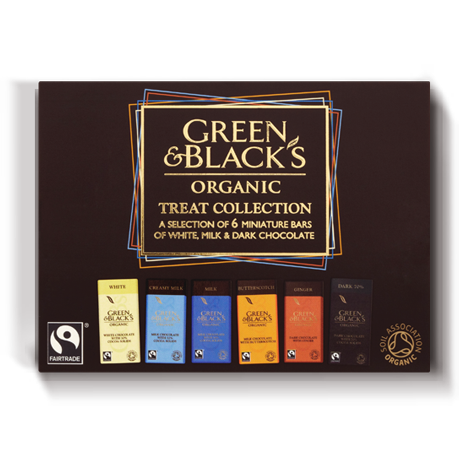Crown of Holland, a division of Tradin Organic, owned by SunOpta, last month opened a 9,000 MT per annum organic and speciality cocoa plant in Middenmeer, Netherlands. It was previously outsourcing cocoa processing, but noticed a steady rise in demand for organic beans and decided to produce itself.
Farmer productivity
Rafal Taciak, Commercial Director Cocoa at Tradin Organic, told ConfectioneryNews: “The organic premiums do not fully compensate the lack of investment in increased productivity. There’s no sufficient compensation of the lower yield vs. conventional growing techniques.”
Unlike Fairtrade certified cocoa, the premium for organic cocoa is not fixed. Taciak said the premium for organic beans varied between 10-25% above the market price.
Farmers using pesticide and fertilizer can reach yields of 0.7-1.5 MT per hectare provided they manage their farm properly, whereas organic farms typically yield 300-500 Kg of cocoa beans per hectare.
Organic chocolate market
Global organic chocolate confectionery value sales amounted to $734m in 2012, according to Euromonitor International. Euromonitor forecasts that the market will grow between 2-3% per year to reach $886m by 2018. Western Europe is the biggest market for organic chocolate, followed by North America and Australasia. Sales are expected to grow fastest in the Middle East & Africa, Latin America and North America, but the overall market is expected to grow at a far slower pace than growth rates between 2008 and 2012.
Education or higher premiums
Taciak said that part of the issue was education. He said that organic farmers could reach up to 1 MT per hectare if they were taught how to properly prune trees, ferment and dry beans and knew planting techniques to ensure the highest yields and quality.
However, these increases in productivity would still fall short of the pay back farmers could get by simply using fertilizer and pesticides.
“Either they have to be incentivized by paying higher premiums or we need to look at more efficient organic farming or best combination of both,” said Taciak.
Tradin Organic is building up a quality program to work with farmers to provide training on organic pest control and natural alternatives to agro-chemicals to improve organic farming standards.
Demand for organic
Only around 1.5% of the global cocoa supply is certified organic.
“Organic is a bit like a mindset. It’s not a strongly marketed sustainability program like other dominating programs. Organic is a return to the roots and is a concept that has become popular in the last number of years,” said Taciak.
“There is stable demand which is slowly but steadily rising. But this is developing reasonably slowly compared to sustainable programs.”
Third party certification
Organic farmers may be partly compensated for yield shortfalls by selling beans that carry more certifications on top of the organic one.
Almost half of organic beans are sold as Fairtrade, which adds another premium to the price.
Crown of Holland supplies organic beans which are also Fairtrade, UTZ Certified or Rainforest Alliance. Over half of its organic cocoa products are third party certified, mostly as Fairtrade.
Butter, powder and liquor

Crown of Holland produces mainly organic cocoa butter and powder, but also supplies organic cocoa liquor.
“We strongly believe in significant growth of liquor sales,” said Taciak.
The firm is using a whole-bean roasting process whereby the whole beans are roasted before breaking and winnowing, as opposed to nib-roasting process, which is the industry standard.
“It’s a bit old-school and it’s thought to be a bit less efficient. Yes, it does cost more, but its effect on cocoa liquor is priceless. Whole bean roasting provides a very deep and unique flavor for cocoa liquor.”

Origins
Organic cocoa comes mainly from fine flavor origins, principally the Dominican Republic and Peru.
Other growing origins include: Ecuador, Madagascar, Tanzania, Papua New Guinea, Uganda, Venezuela and Columbia and many more.
Taciak said that the market was dominated by Latin American countries mainly because infrastructure there was more solid for organic program investments, especially for traceability. Transparency, so crucial in organic world, in the small volume producing countries is easier to achieve than in high volume regions such as West Africa, he said.
